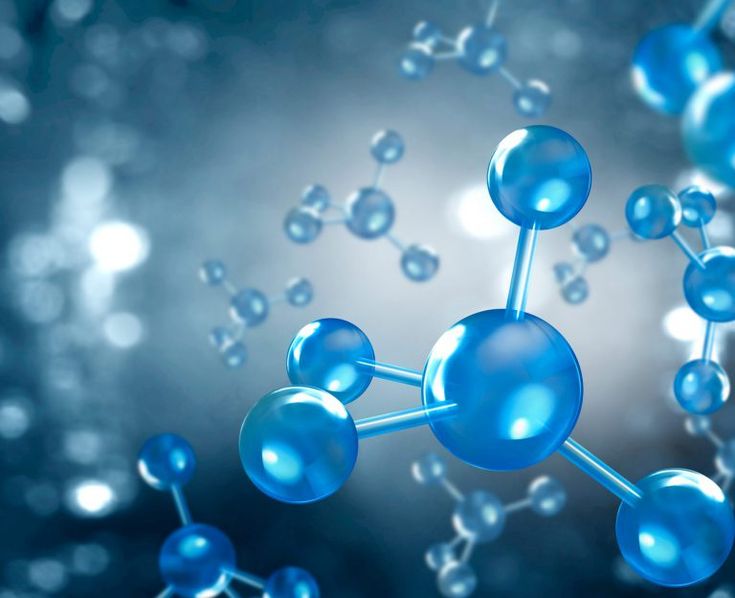Morphological Regeneration of Skin Tissues through the Use of Cytoplasmic Substances – Cell Supporting Molecules (C.S.M.)
History of the Method
– This method was first applied in Russia. Ophthalmologist Vladimir Petrovich Filatov (1875—1956) was the first to use cells for the restoration of chronically ill patients.
– In the 1930s, Swiss professor Paul Niehans continued the research of V.P. Filatov, working with human embryonic cells. His discovery was that if embryonic cells are transplanted into the human body, rejection does not occur because the membrane necessary for rejecting germ cells is produced only just before birth. When embryonic cells are transplanted long before birth, rejection does not happen, as this protective mechanism does not yet exist.
– In the 1970s, using the process of radioactive particle division, researchers were able to trace the movement of germ cells in the human body. It was established that a cell from a specific organ is directed precisely to its organ. For example, a heart cell moves to the heart, and a liver cell reaches the liver.
– In the late 1980s, Professor K.E. Toyrer from Germany continued this research, discovering the so-called “cell supporting molecules” (C.S.M.). He developed a technique for extracting these molecules from fresh cells and using them in therapeutic treatment. His achievements form the basis for further developments by the well-known company “VitOrgan.”
– Research was continued by German doctor P. Cleanthus, who was the first to develop skin restoration therapy using molecules extracted from the cytoplasm, known as “cell supporting molecules” (C.S.M.), through the method of mesotherapy. He invented a special solution for intradermal injection, with components that can be tailored to the needs of the skin.
Cytoplasmic Regeneration
Aging is the gradual accumulation of defects in DNA molecules, increasing disorganization of physiological processes in the cell, and the accumulation of damage that leads the organism to death. Skin aging is one of the elements of the aging of the organism as a whole.
In contrast to the genetic theory of aging, which considers the gene as the primary site where changes can occur that induce the aging process, it is important to consider that factors such as environmental temperature, humidity, nutrition, and stress can also influence the rate of aging. However, it can be assumed that these seemingly opposing approaches may actually be interconnected.
As is known, a normal cell responds to external or internal changes by altering the intensity of transcription of active genes and RNA synthesis. One of the factors of pathological conditions in the body is the slowing down of these processes, particularly the disruption of transcription initiation processes.
Proteins (Proteins, Polypeptides) are high-molecular organic substances composed of alpha-amino acids linked in a chain by peptide bonds. In living organisms, the amino acid composition of proteins is determined by the genetic code, and in most cases, 20 standard amino acids are used in synthesis. The numerous combinations of these amino acids provide a great variety of properties for protein molecules.
The functions of proteins in the human body are diverse. Proteins—enzymes—catalyze biochemical reactions and play an important role in metabolism. Some proteins perform structural or mechanical functions, forming the cytoskeleton that supports the shape of cells. Additionally, proteins play a crucial role in cell signaling systems, immune responses, and the cell cycle.
Functions of Proteins in the Body:
– Catalytic function
– Structural function
– Protective functio
– Regulatory function
– Signaling function
– Transport function
– Storage (reserve) function of proteins
– Receptor function
– Motor (movement) function
Cell Supporting Molecules (C.S.M.) are a mixture of low-molecular-weight proteins (molecular weight up to 10,000 Da) that have various points of application and exert a powerful and visible rejuvenating effect on the skin. The complex composition of the KLEANTHOUS cosmetic line allows it to achieve its effects by restoring skin cell regeneration, normalizing microcirculation, and synthesizing the collagen-elastin framework of the skin. All of this is manifested in a lifting effect, as well as improvements in skin elasticity, color, and hydration.
At the moment of cell division, the structure of the new cell is determined, primarily the cytoplasm with all its essential organelles.
Now, C.S.M. transmit their information to the new daughter cell. If this information is “fresh and young,” free of errors and “messages” of wear or disease, then the resulting daughter cell is biologically younger than its mother cell. It performs its functions better than the mother cell. Thus, the skin is rejuvenated.
Peptides and Proteins for the arrangement and structuring of the cytoplasm (C.S.M.)


